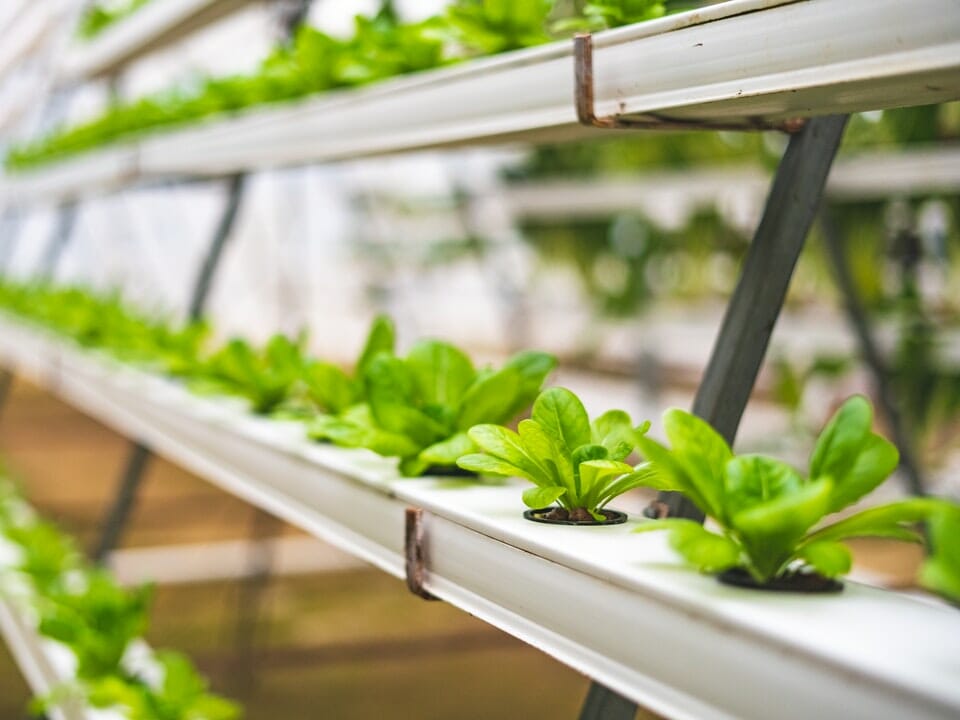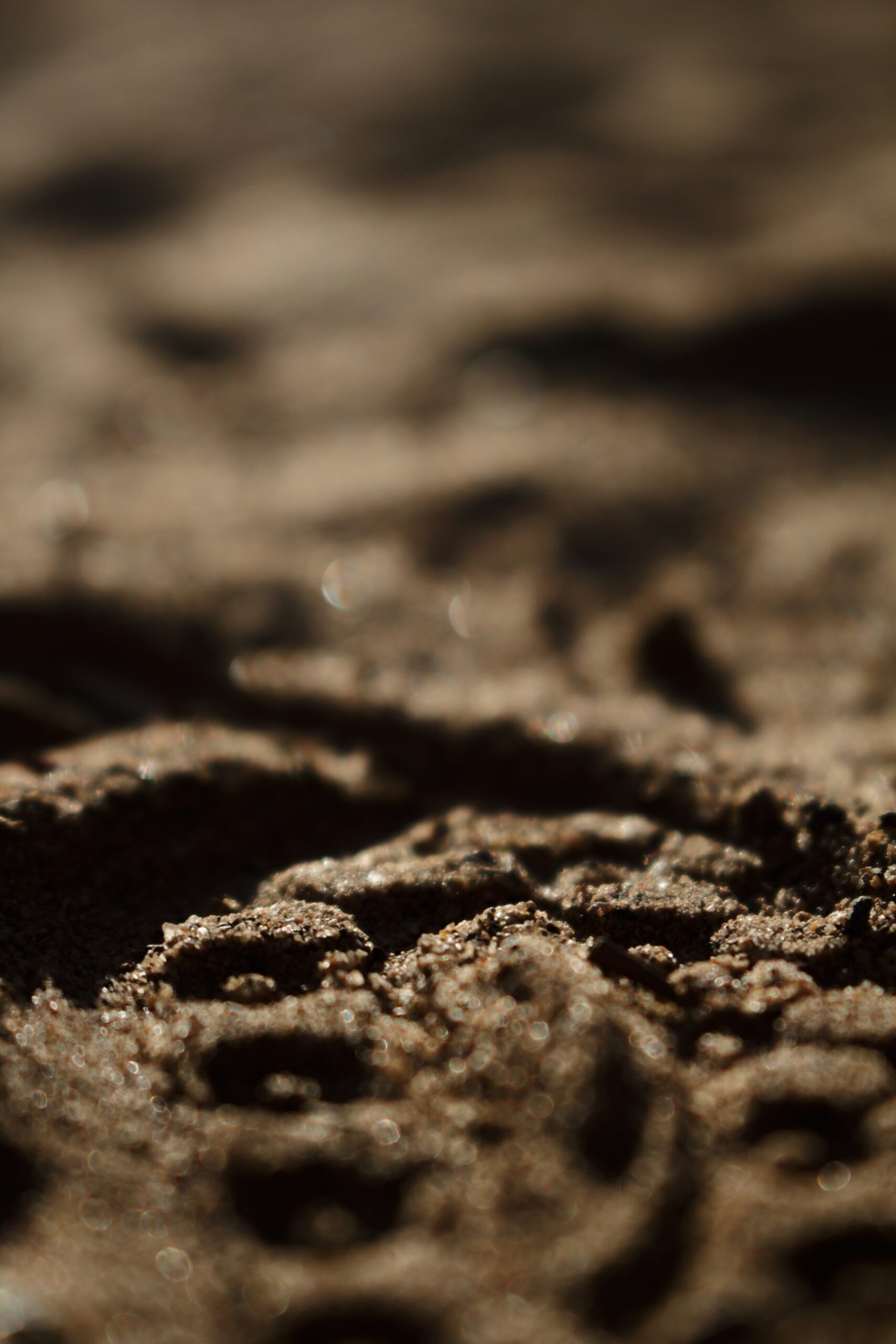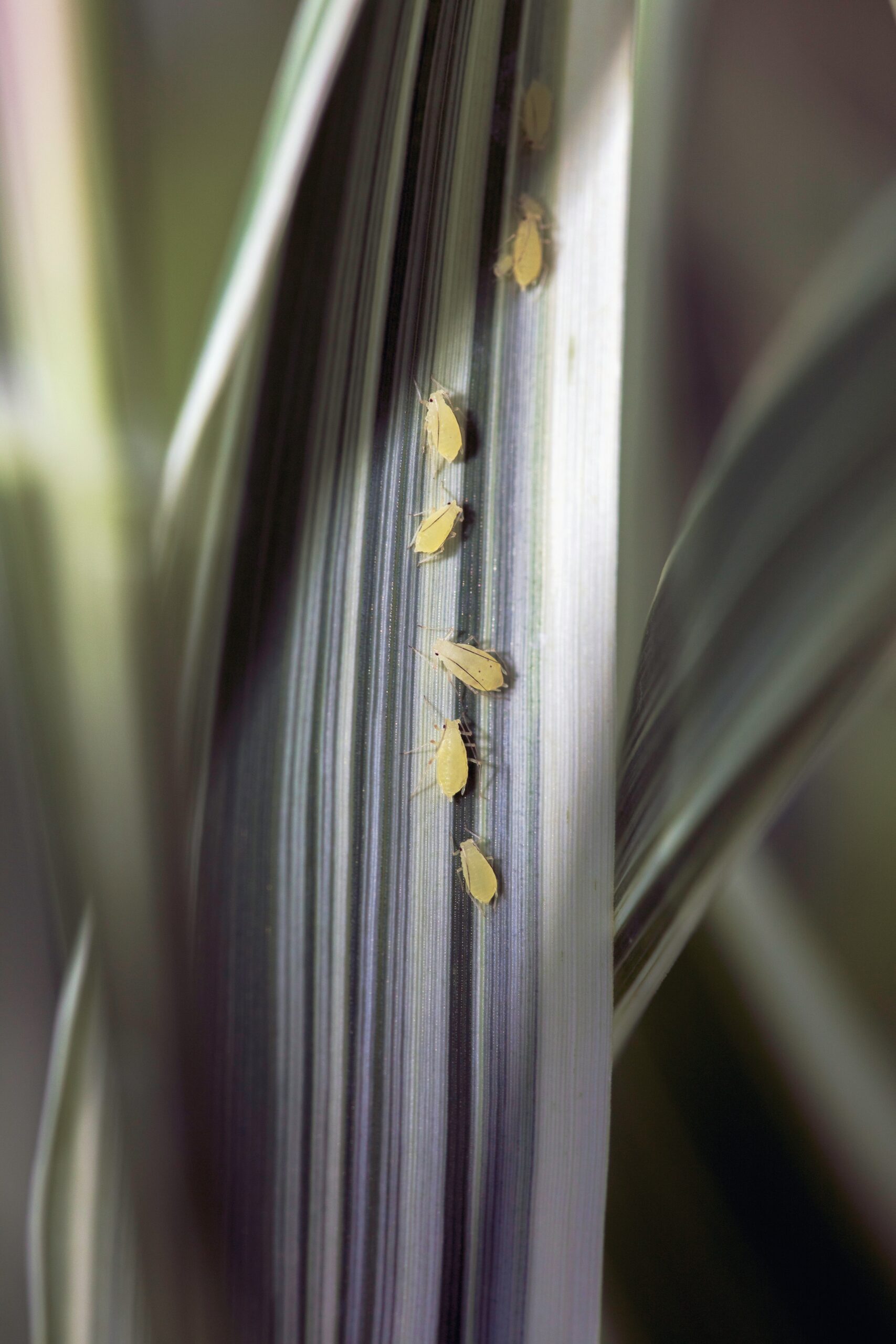While there are many growing systems on the market today they can generally be categorised as either run-to-waste or recirculating systems.
Recirculating
In a recirculating system the nutrient solution is continuously pumped from a reservoir to the plant and then recirculated back to the reservoir. The same water is used repeatedly, and water is only added to the reservoir occasionally to replace the water used by the plant.
In recirculating systems such as airoponics and NFT, the nutrient solution is delivered to the plants indefinitely. Over time the nutrient solution becomes imbalanced and depleted as the plants up take up elements at varying rates. This can be more pronounced where plants with high uptake needs are concerned. While it is possible to run these systems extremely well, they require regular maintenance and dumping (of the nutrient solution) to ensure the plants are receiving an optimised (balanced) nutritional program.
Run-to-Waste
In a run-to-waste (RTW) system the nutrient solution is pumped from the reservoir to the plant then discarded. We usually recommend RTW systems because they deliver more consistent results.
Run-to-waste systems (typically) use an inert medium that has similar fluid retention rates to that of soil such as coco. Run-to-waste mediums retain a high degree of moisture for an extended period of time. Because of this, feeds are smaller and not as frequent as feeds in a recycling system. In the run-to-waste system plants are given a regulated dose of water and nutrient at such a rate that a given amount of the water/nutrient drains from the medium (as waste). The excess water and nutrient is then allowed to drain into some form of catchment away from the reservoir.
Because the nutrients are not recycled there are some distinct advantages associated with run-to-waste systems:
- No nutrient exhaustion/depletion as the plant receives fresh nutrient at every feed
- pH stability over and above that of a recycling system
- EC stability (in nutrient tank) over and above that of recycling systems
- Nutrient less prone to bacteria/pathogen build up
- Nutrient less prone to sodium chloride (NaCl) build up where mains water is used
- Less maintenance
The run-to-waste system is ideal for larger plants with high uptake needs. Because of the density and fluid retention rates of the medium, the run-to-waste system has security features unmatched by other systems.
- Roots are well insulated from heat
- Moisture retention in medium will last for days, giving the plant/s protection from pump and pump timer failures. These are very attractive features for experienced growers who know that heat and equipment failures can very easily result in crop loss.
See Hydroponic Growing Systems: A Guide and Why Coco & Run to Waste to learn more.







